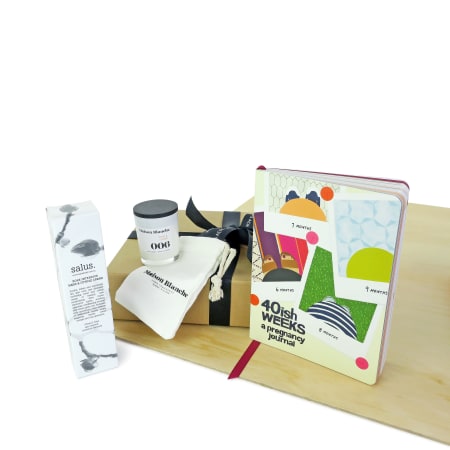

The majority of studies using all three of these paradigms imply the practical relevance of their work by including mention of memory for child abuse or trauma, therapy or legal proceedings. Although the latter two paradigms overlap somewhat, we treat them separately here because they typically differ both in the procedures used and the outcome data (changes in self‐ratings versus investigator‐based ratings). In order of the amount of explicit suggestion and apparent corroboration provided to participants, these are the following: imagination inflation studies, in which participants are instructed to repeatedly imagine events that have not occurred ‘false feedback’ studies, in which participants are given mainly generic false information suggesting they were likely to have experienced an event and memory implantation studies in which the suggested occurrence of the false event is supported by false testimony from an individual's family members or individually doctored photographs. Three experimental paradigms have been most commonly employed to mimic possible therapy‐inspired distortions to childhood autobiographical memory (Laney & Loftus, 2013 Schacter & Loftus, 2013). The review should be of benefit to researchers, experts testifying in legal settings and psychotherapists attempting to evaluate the status of childhood memories in a therapeutic context. The two aims of this review are to develop a framework for describing the nature of these laboratory‐produced memories and to use this framework to document more precisely what these studies have and have not shown.
Making memories professional#
This may explain why to date there have been no systematic reviews of the research on creating false childhood memories in adults despite undoubted professional and public interest in the topic, as illustrated by a recent special issue of Applied Cognitive Psychology titled ‘Reshaping memories through conversations: Considering the influence of others on historical memories of abuse’. Although the success of these experiments has been widely accepted, summarising their results accurately is complex because different paradigms and memory measures have been employed, and the findings have been very variable. Subsequently, experiments were designed that showed false memories of childhood events could be created under laboratory conditions. The possibility was raised that a variety of suggestive therapeutic techniques could create illusory memories of abuse having happened. The early 1990s saw a well‐documented concern that some psychotherapy patients might be wrongly convinced by their therapists that they had experienced sexual abuse in childhood and recover corresponding memories of events that had not occurred (Lindsay & Read, 1994 Loftus, 1993). © 2016 The Authors Applied Cognitive Psychology Published by John Wiley & Sons Ltd. Recommendations are made for presenting the results of these studies in courtroom settings.

The data emphasise the complex judgements involved in distinguishing real from imaginary recollections and caution against accepting investigator‐based ratings as necessarily corresponding to participants' self‐reports. We conclude that susceptibility to false memories of childhood events appears more limited than has been suggested.
Making memories full#
In memory implantation studies, some recollective experience for the suggested events is induced on average in 47% of participants, but only in 15% are these experiences likely to be rated as full memories.

Imagination inflation and false feedback studies increase the belief that a suggested event occurred by a small amount such that events are still thought unlikely to have happened. Using a framework that distinguishes autobiographical belief, recollective experience, and confidence in memory, we review three major paradigms used to suggest false childhood events to adults: imagination inflation, false feedback and memory implantation.


 0 kommentar(er)
0 kommentar(er)
